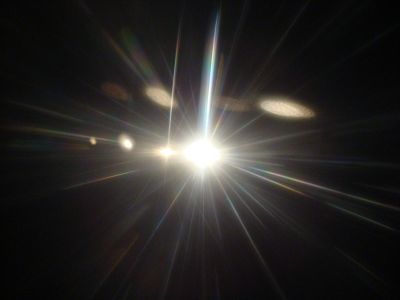A new spin on light manipulation

Light
By Zouavman Le Zouave (Own work) [CC BY-SA 3.0 (http://creativecommons.org/licenses/by-sa/3.0)], via Wikimedia Commons
The quantum world is a frontier of discovery and new applications. An EU-funded training network has provided a turboboost to an emerging field exploiting photons in novel quantum optoelectronic devices.
One of the most important and uniquely quantum properties of elementary
particles is spin. This intrinsic angular momentum is unrelated to
moving parts, it is quantised (has only certain discrete values) and, in
the case of photons, it can be polarised or essentially aligned in a
certain direction.
The quantum properties of a quantum of light, the photon, are
opening the doors to amazing new devices until recently the stuff of
science fiction. Spin-optronics is in an important and emerging new
field that studies spin and optical polarisation in solids with the goal
of creating quantum optoelectronic devices. Ten leading European teams
joined forces to prepare a new generation of scientists in this
strategic research area with EU funding of the project 'Spin effects for
quantum optoelectronics' (SPIN-OPTRONICS).
The 18 early-stage and experienced researchers conducted
cutting-edge research in 4 main areas under the guidance and mentoring
of SPIN-OPTRONICS partners. Groundbreaking results were achieved in all
areas.
Reversible control of single spins is of great interest for
development of spintronics devices. The researchers successfully
addressed the main challenges associated with control of single spins in
quantum dot devices and demonstrated that control in several different
systems.
Scientists also developed semiconductor entangled light-emitting
diodes (ELEDs). Quantum entanglement occurs when the quantum state of
one particle is dependent on that of another. The ELEDs were used in
groundbreaking experiments related to quantum information processing and
quantum-based secure communication (quantum key distribution).
Spin interactions and magnetic effects were also explored, leading
to fabrication of a new class of hybrid spin-optronic heterostructures.
The project would not be complete without delivery of actual functioning
devices. Scientists developed several polariton-based circuits (tunnel
diodes, interferometers, switches) exploiting novel hybrid particles
consisting of photons strongly coupled to an electric dipole. The
project has also demonstrated that the polariton flows can support the
propagation of superfluid spin currents and of magnetic charge analogs,
moving close to the speed of light and being therefore a very promising
vector for the ultrafast transfer and processing of information.
The SPIN-OPTRONICS training network has pushed the frontiers of an
emerging new field whose potential for future commercial exploitation is
huge. Establishing world leadership with a core group of European
researchers will pave the way to important benefits for the EU and its
economy in a time of severe economic crisis.
published: 2015-02-18

